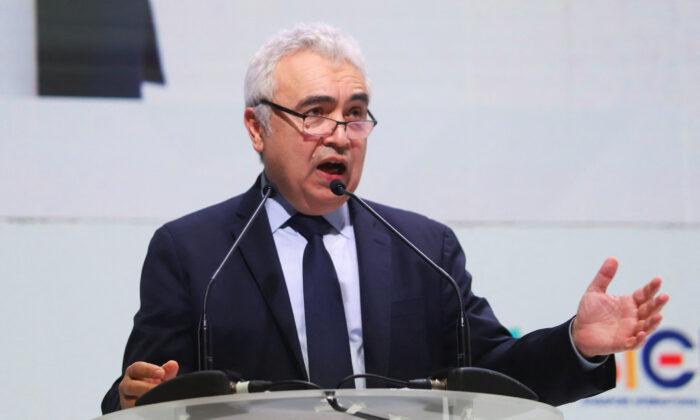Canada’s critical minerals industry could be key in preventing a world energy crisis, but it needs to expand quickly, says the head of the International Energy Agency (IEA).
“As a world, I think we should learn from this bitter experience,” he said. The critical minerals industry, which is important to renewable energy technologies, is now similarly concentrating in the hands of a few countries, such as China.
“Here I would very much hope to see Canada’s … international leadership. Canada is a country with a lot of different critical minerals resources … but also Canada approaches the critical minerals with consideration of social and environmental issues,” Birol said. “[In] this area too, I would very much like to see Canada championing it around the world.”
He said the problem with having a few dominating suppliers isn’t only that political problems can disrupt the supply chain. The chain also becomes vulnerable amid natural disasters. “The magic word of the IEA [is] ‘diversification,’” he said.
Speed
The government announced its $3 billion Critical Minerals Strategy in December, a key part of which is streamlining the sometimes decades-long process of getting a mining project going. One way it aims to do so is by harmonizing provincial and federal processes to avoid duplicated efforts.Natural Resources Minister Jonathan Wilkinson was also part of the panel discussion, and he told reporters afterward, according to the Globe and Mail, “We have to find ways to go more quickly.”
Wilkinson said he has been working with his counterpart in Australia, where permitting is much quicker, and they have been taking lessons from each other’s experience in various regards.
Critical Minerals Capture
In addition to mining and processing, Wilkinson said Canada is looking at ways of capturing critical minerals from other sources. He mentioned capturing lithium—a critical mineral important to electric vehicle batteries—from brine.Alberta-based E3 Lithium’s extraction technology takes large amounts of seawater containing small concentrations of lithium and reduces it to “a high-grade lithium concentrate in a single step,” ministry spokesperson Michael MacDonald said in an email to The Epoch Times.
MacDonald said the government will also develop recycling infrastructure and recover the minerals from industrial waste streams. “This circularity will ensure that Canada retains the benefits from the extraction of its critical minerals for decades to come,” he said.
Exploration for new reserves is another way the government will ensure a sufficient supply of critical minerals, he said.
For example, nickel is one of the minerals Canada has in relatively high amounts, yet it has only 2.1 percent of the world’s reserves compared to Indonesia and Australia, which both have over 20 percent.
MacDonald said, “Exploration is the starting point if we are to make the most of this potential. Locating critical minerals in Canada’s vast landmass is a complex endeavour. To unlock these possibilities, we need to expand geoscience and exploration activities to find the deposits of the future.”
IEA’s Birol said that, in addition to being a world leader in critical minerals, he would like Canada to continue being a world leader in carbon capture. He said Canada is currently responsible for about 20 percent of the world’s carbon capture.
“Canada is and has been one of the cornerstones of global energy markets,” Birol said. “I very much hope that Canada will continue to be one of the cornerstones of our energy system of tomorrow as well.”





